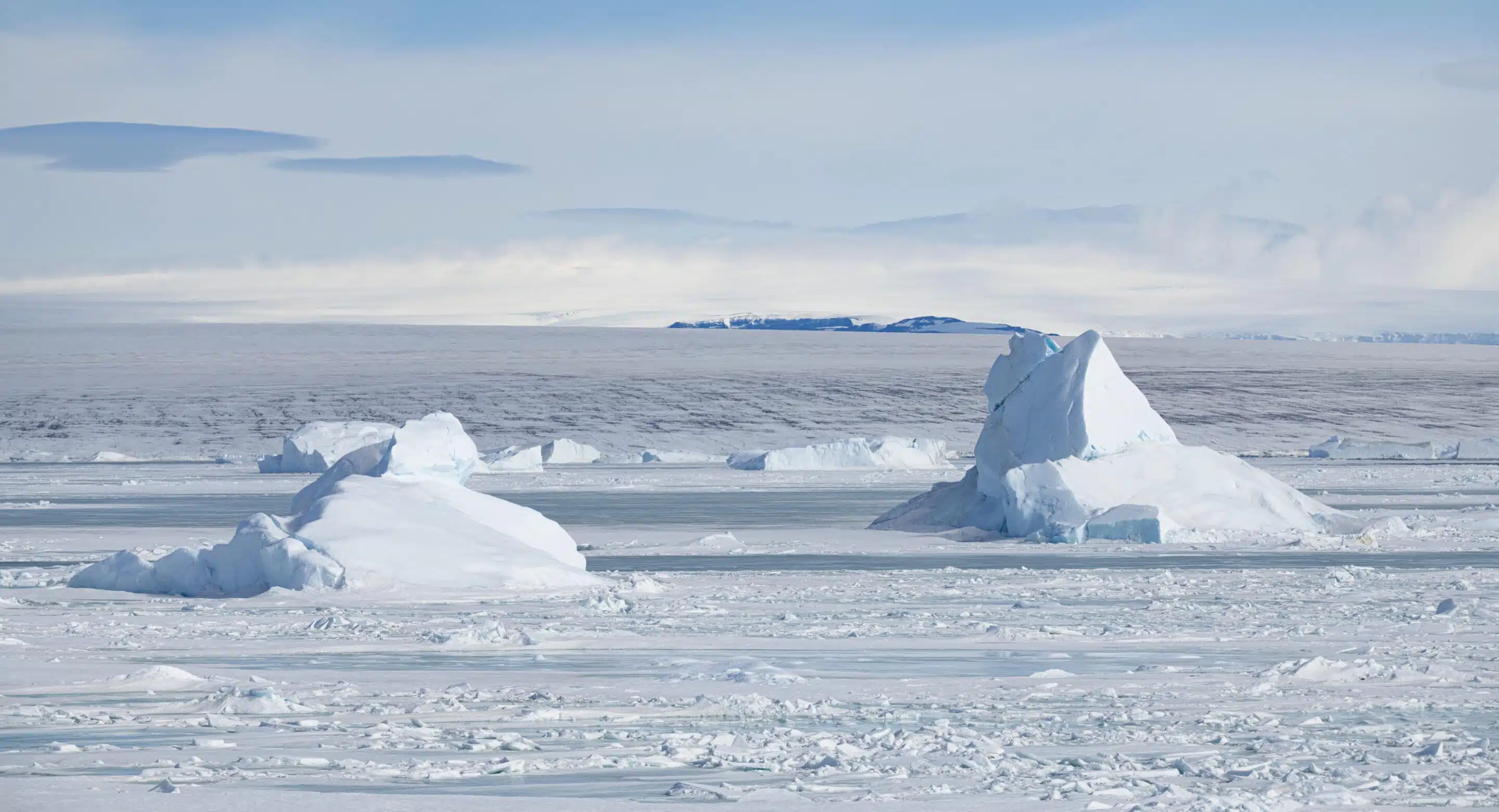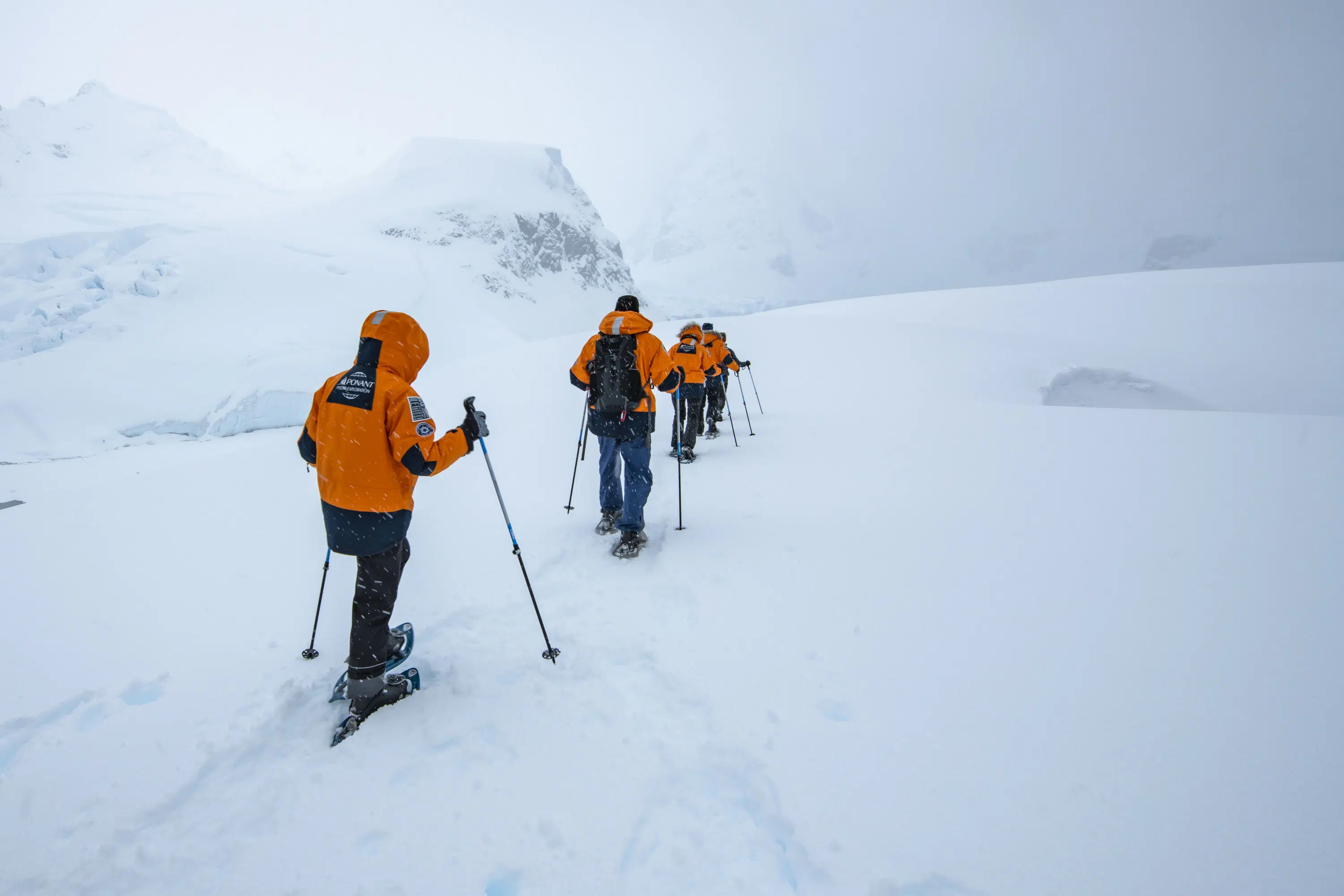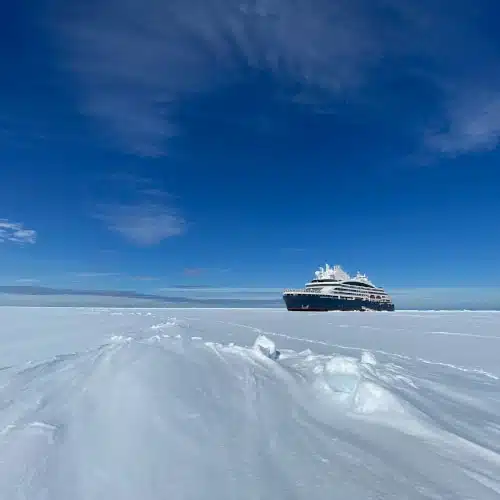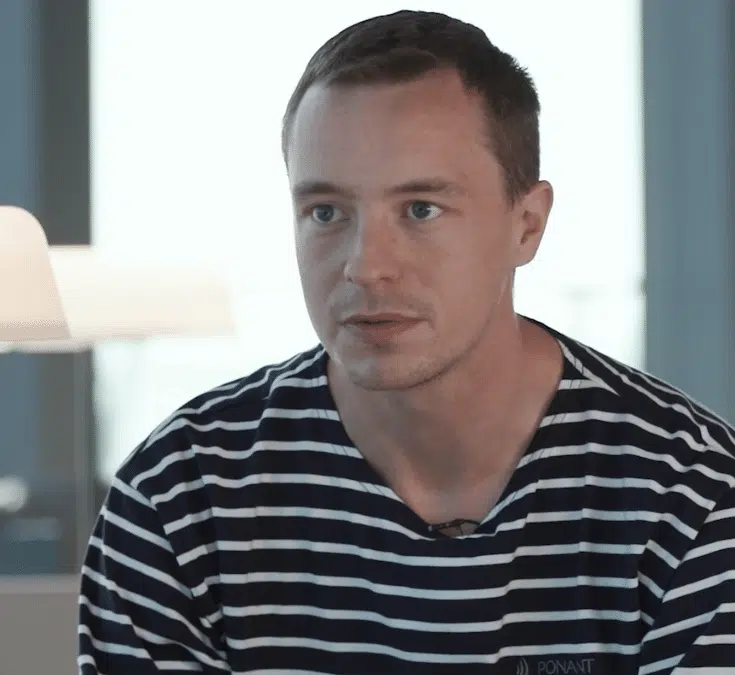Introducing Julien Alex, glaciologist and polar guide
Julien Alex is a naturalist guide specialising in glaciology and climatology. He believes that the addition of Le Commandant Charcot to the PONANT fleet is a great opportunity to help improve passengers’ understanding of ice and the challenges faced by the polar regions.
Getting to the heart of sea ice: from expedition to exploration
Julien Alex explores the polar regions as a polar guide, right in the heart of the ice, following in the footsteps of great explorers: reaching the North Pole, crossing the Arctic Ocean, travelling to the heart of the Weddell Sea, and more. Visiting these high latitudes used to be an unattainable dream, but they are now within easy reach for passengers aboard Le Commandant Charcot. It’s a dream come true for glaciologists. Le Commandant Charcot “promises exceptional journeys to practically unexplored wilderness, with landscapes of sea ice stretching as far as the eye can see and fantastic, constantly changing light,” says Julien.

Understanding the ice to better protect it
To fall in love with ice, you first have to understand it. “Covering a large part of the Earth’s surface, the cryosphere¹ has a considerable impact on the entire Earth system, especially our climate. Studying the cryosphere is therefore essential.” Exploration trips aboard Le Commandant Charcot will be an opportunity for passengers to observe three types of ice: land ice (glaciers and ice caps), sea ice and permafrost. “Le Commandant Charcot was designed for” observing sea ice.” Passengers will be able to see all stages of its formation, from “small crystals floating on the surface of the water to thick multiyear sea ice”. This sea ice reflects the sun’s rays like a huge terrestrial refrigerator and is also at the base of the food chain. “Diatoms live under the sea ice, and these microalgae are what plankton feed on. Sea ice therefore plays a major role in the climate and to an even greater degree in the entire food chain.” The third type of ice, permafrost, is a geological term for ground that continuously remains below 0 °C for at least two years straight. “With 19 million km² [of permafrost], it is the most important type of ice and the one undergoing the most significant changes today.”
Le Commandant Charcot: a ship of science, for science
To understand these changes and achieve PONANT’s scientific ambitions, Le Commandant Charcot has been fitted with two research laboratories. Thanks to these labs, researchers will be able to conduct long-term studies as the ship explores the world, improving our understanding of the environment and how it is changing. Le Commandant Charcot has a stereo camera capable of filming ice blocks around the ship in 3D to study their geometry. It is also equipped with a Sea Ice Measuring System (SIMS): “This sonar system is located at the front of the ship,” explains Julien. “It is a very valuable navigation tool that makes it possible to measure the thickness of the ice a few metres ahead of us” to an accuracy of 10 cm. “The data collected informs the scientific research carried out on board,” and according to the glaciologist, “combining science and tourism provides a great opportunity to improve our understanding of our planet and future challenges.”
(1) All portions of Earth’s surface where water is in solid form.

An icy passion
While studying geology, Julien learned to read the landscape, its origins and evolution. His first polar experiences followed in Spitsbergen, Greenland, Nunavut and Alaska. Amazed by the beauty, history and fragility of these wild lands, he specialised in climatology and glaciology. He went to work for the Geological Survey of Denmark and Greenland in Copenhagen. His area of research involved measuring the height of snow on the Greenland ice sheet. Julien decided to become a polar guide to spend as much time in the field as possible sharing his knowledge and experiences.
Photos credits : © Studio PONANT/O. Blaud

Explore the world’s icy regions with PONANT
Set sail on a polar expedition cruise


